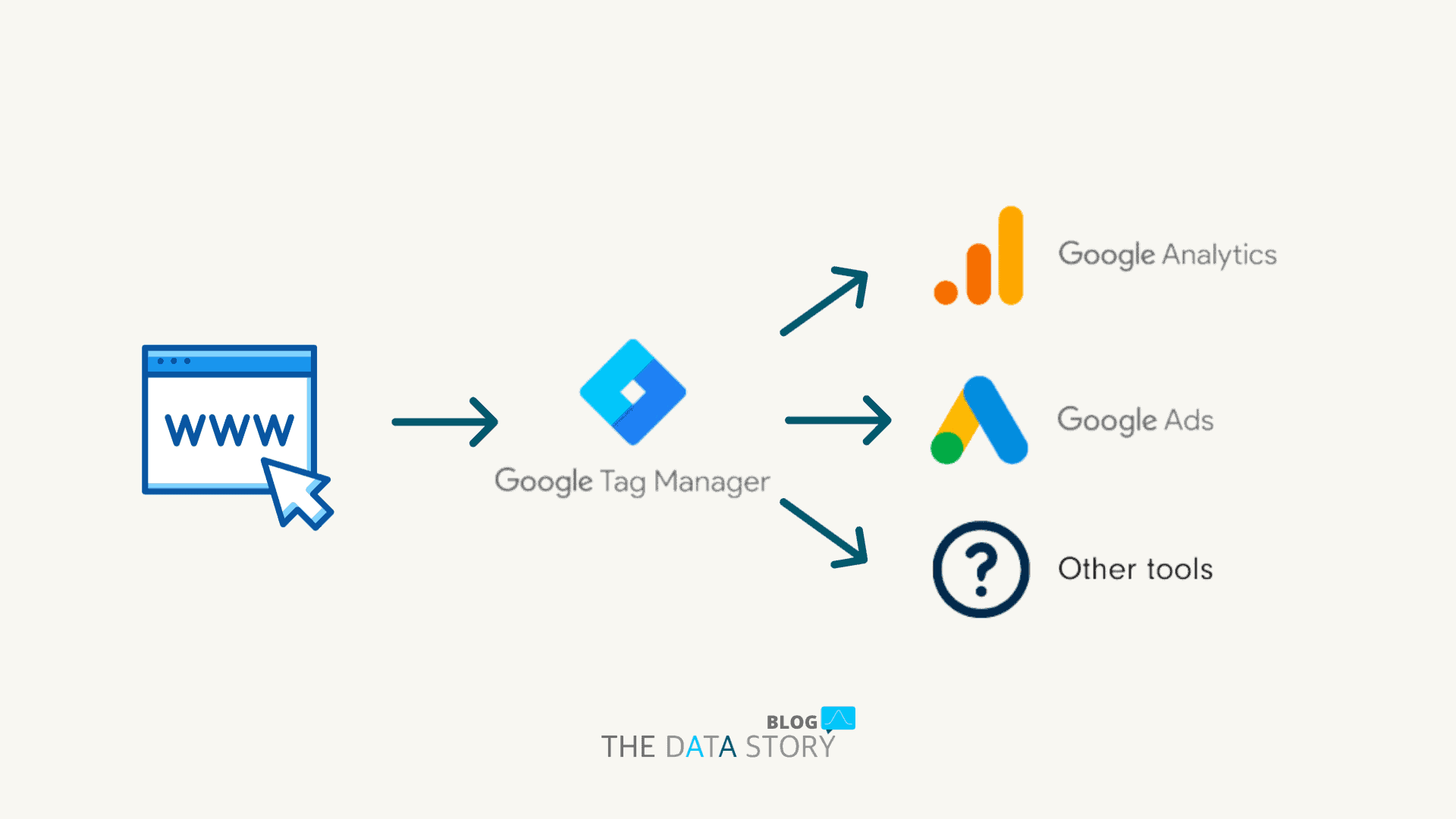You’ve probably heard about Server-side tagging and might be wondering “What is it exactly?” and “How is it any different than the current Google Tag Manager setup?”. This blog will give a short explanation and its pros and cons.
In short:
Server-side tagging in Google Tag Manager is a powerful and versatile approach to managing and deploying various tracking tags on your website. Unlike the traditional client-side tagging that relies on your user’s browser to handle tags, server-side tagging moves most of the action to a server, often hosted in AWS, Google Cloud or Azure. This leads to a smoother and more responsive website. Because your user’s browser doesn’t have to carry the heavy tag load. What’s more, it allows for improved data privacy and security as you have greater control over which data gets shared with third-party services.

Its pros…
Server-side tagging in Google Tag Manager offers compelling advantages. As mentioned above, it enhances website performance by offloading the burden of tag execution from the user’s browser to a server. Thereby speeding up page load times and creating a smoother user experience. Moreover, server-side tagging facilitates better tracking and analytics. It allows for more accurate and reliable data collection. Reducing the risk of data loss due to ad-blockers or browser restrictions.
Lastly, it provides flexibility in tag management, making it easier to adapt to changing tracking requirements without the need for constant updates to the website code.
… and cons:
While server-side tagging in Google Tag Manager offers many benefits, there are some potential drawbacks to consider. Firstly, its potential complexity. Setting up and configuring server-side tagging can be more complex and time-consuming than traditional client-side tagging. It may require a higher level of technical expertise, which could pose a challenge for smaller organizations or teams with limited resources.
Furthermore, its processing can introduce a slight delay in tag execution since it involves an additional server round-trip. While this delay is often minimal, it could be a concern for applications where real-time data is critical. Finally, depending on the volume of server-side requests and the infrastructure required, there might be additional costs associated. Organizations should carefully assess the cost implications, especially for high-traffic websites.

In summary, while server-side tagging offers significant advantages, you should be aware of the potential complexities, costs, and trade-offs involved in its implementation. Careful planning and consideration of the specific needs of your company are essential to make an informed decision about adopting server-side tagging. If you need help do not hesitate to reach out!
Craving more data stories? Explore our blog page for a compelling read. Don’t forget to connect with us on LinkedIn!







